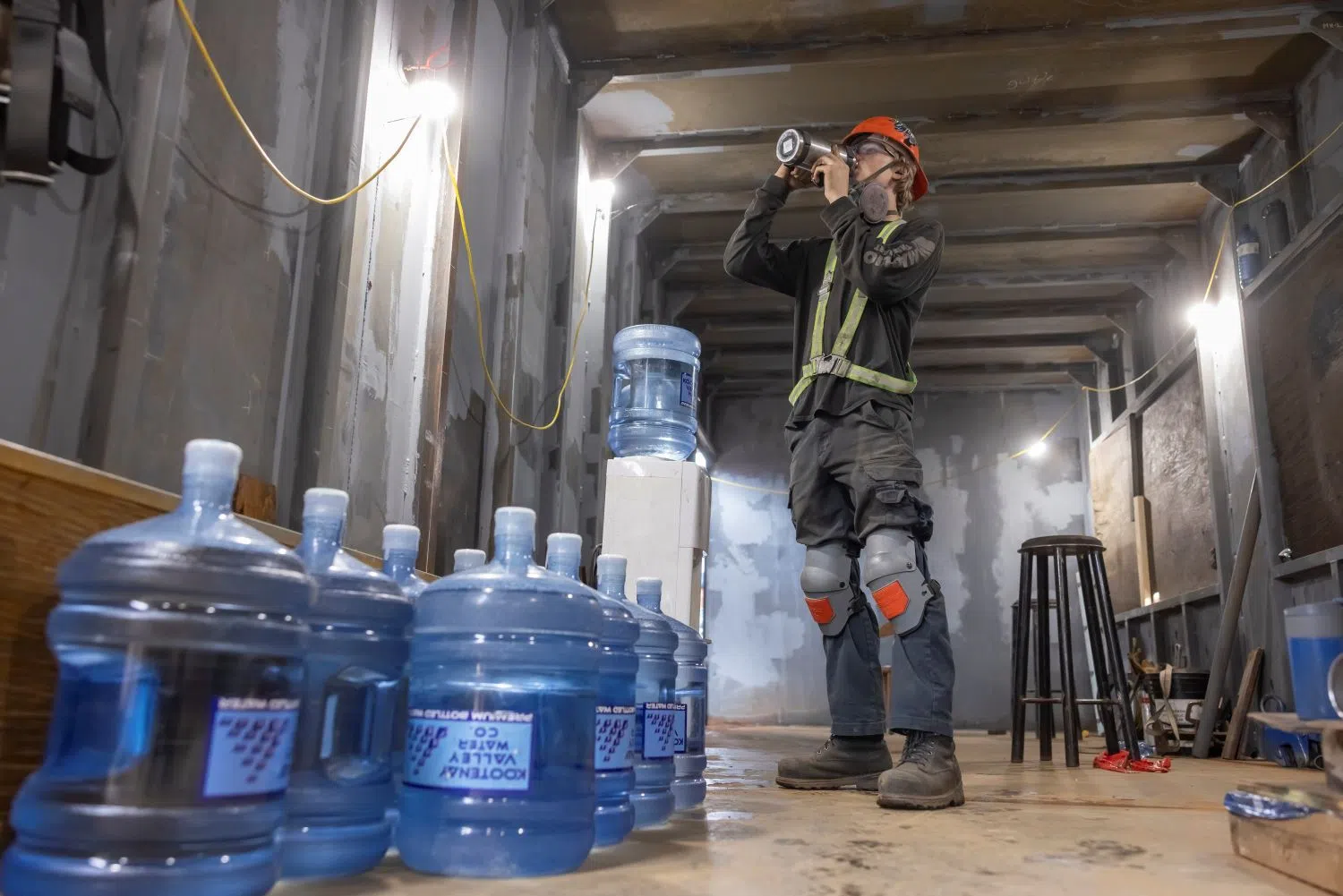As summer approaches, WorkSafeBC is urging employers across British Columbia to prepare for the health and safety risks associated with extreme heat and wildfire smoke.
If not properly managed, these hazards can lead to injuries such as heat stress and respiratory problems.
“Hot and smoky conditions during the summer months create challenges for both indoor and outdoor workers,” said Todd McDonald, Head of Prevention Services at WorkSafeBC.
“With hazards related to extreme heat becoming more frequent in recent years, employers need to assess risks early and implement effective plans and controls to protect their workers.”
Extreme Heat Risks
Heat stress poses a significant risk to workers both indoors and outdoors.
Extreme heat events can elevate indoor temperatures in workplaces such as kitchens, warehouses, and manufacturing floors, particularly in areas without air conditioning.
Employers must evaluate indoor conditions when temperatures rise and introduce controls like improved ventilation, regular rest breaks, and access to cool drinking water.
Between 2020 and 2024, WorkSafeBC accepted 315 heat-related injury claims, with the highest numbers in sectors including transportation, public works, construction, food services, and film and television production.
Outdoor workers also face the added hazard of prolonged exposure to ultraviolet rays.
This exposure increases the risk of skin damage, making outdoor workers 3.5 times more likely to develop skin cancer compared to those working indoors.
Wildfire Smoke Hazards
Warmer, drier summers in many parts of B.C. have contributed to more frequent and intense wildfires, exposing more workers to wildfire smoke.
Smoke contains toxic gases capable of going deep into the lungs, aggravating respiratory conditions such as asthma, and increasing the risk of lung and heart disease.
As a result, wildfire smoke must be treated as hazardous in the workplace.
Employer Responsibilities
Employers in British Columbia have a legal obligation to provide a healthy and safe workplace, including protection from summer-related hazards like heat stress and wildfire smoke.









Comments